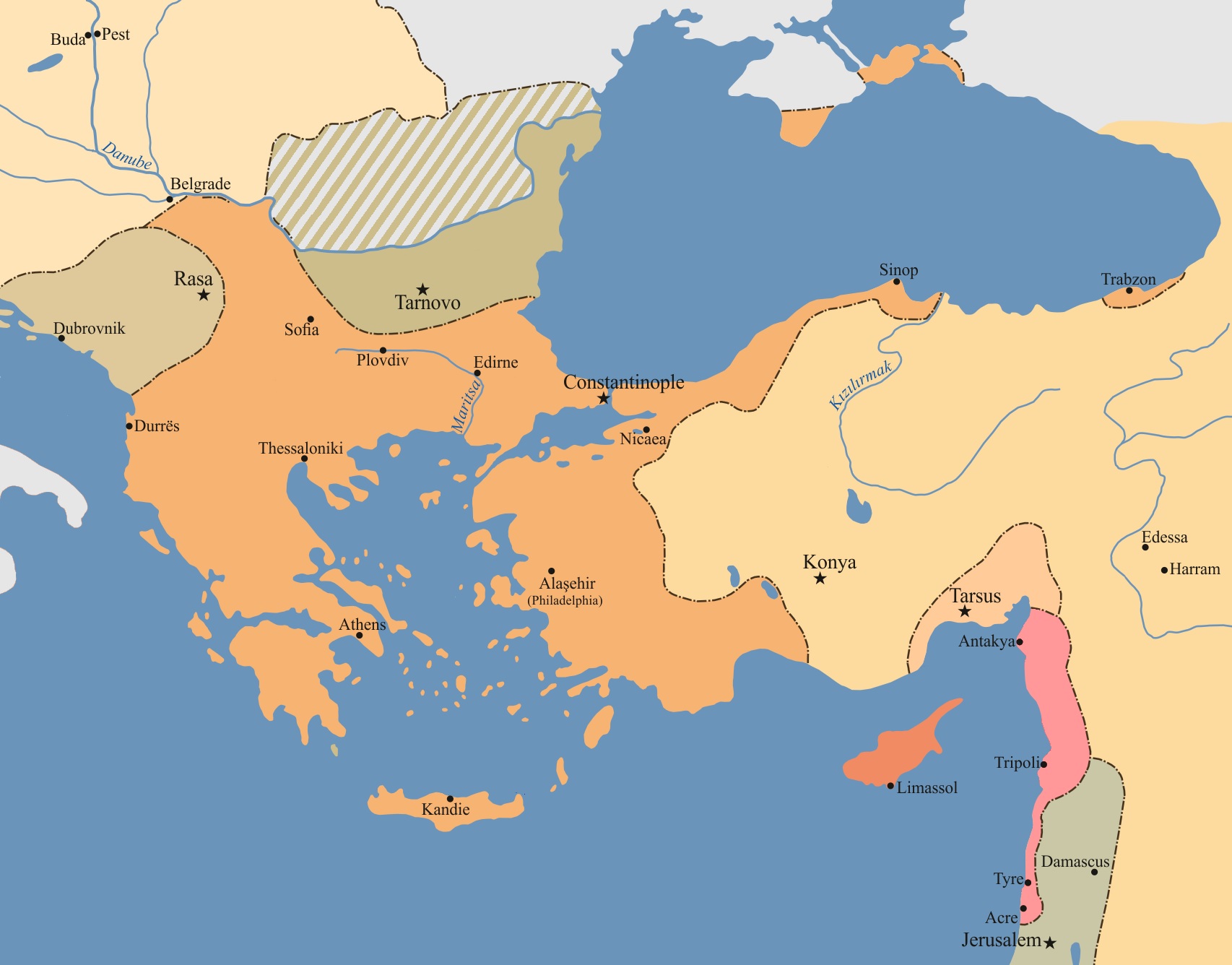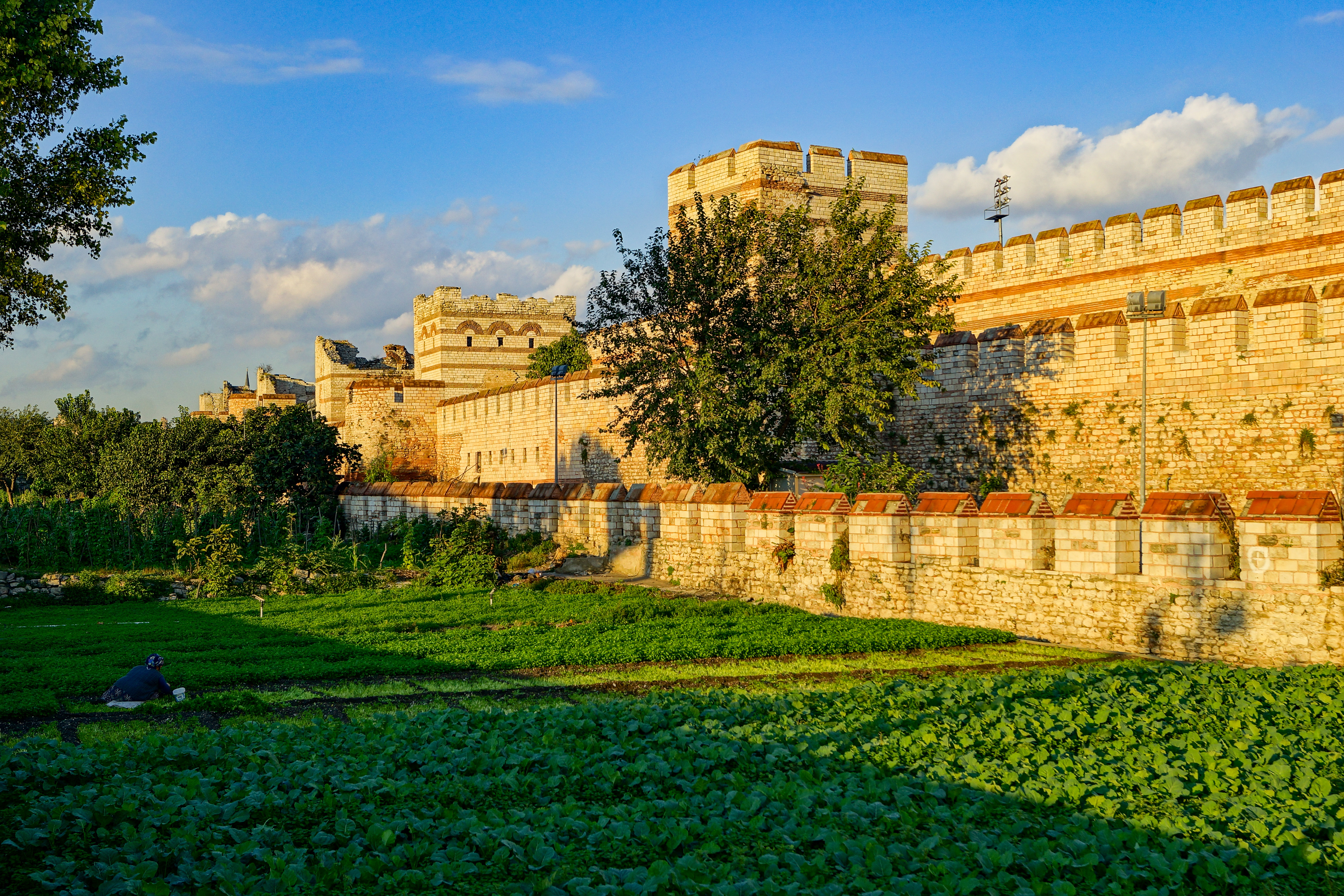Step into the world of ancient splendor, where the shimmering gold of Byzantium illuminated the ancient lands of Greece. Just as dawn paints the sky in hues of rose and azure, so did the Byzantine Empire leave an indelible mark on the cultural, artistic, and political tapestry of Greece. Nestled between the realms of myth and history, this enchanting chapter, often referred to as Greece’s medieval legacy, continues to captivate both scholars and enthusiasts alike. Embark on a journey through time as we uncover the triumphs, trials, and enduring allure of the Byzantine Empire, a legacy that continues to shape Greece’s cultural landscape to this very day.
The Byzantine Empire’s Cultural Influences: An Enduring Legacy for Greece
When it comes to exploring the cultural influences on Greece, one cannot ignore the lasting legacy of the Byzantine Empire. Often overshadowed by the glories of ancient Greece and the magnificence of the Renaissance, the Byzantine Empire left an indelible mark on the country’s cultural tapestry during the medieval period. From art and architecture to religion and language, the Byzantines shaped Greece in profound and enduring ways.
The Byzantine Empire’s artistic contributions in particular continue to captivate visitors and scholars alike. Byzantine art, characterized by its rich colors and intricate designs, adorned the walls of churches and palaces across Greece. Iconography, in the form of religious paintings, became a defining feature of Byzantine art, portraying saints, biblical scenes, and religious narratives with great reverence. The influence of Byzantine artists can still be seen in the vibrant frescoes and mosaics adorning the walls of Greece’s Orthodox churches today, a testament to the enduring artistic legacy of the Byzantine Empire.
- Impact on architecture: The Byzantine Empire’s architectural style influenced the construction of churches, monasteries, and fortifications throughout Greece. Byzantine architecture is characterized by its grand dome structures, intricate brickwork, and geometric designs.
- Religious influence: The Byzantines played a significant role in the spread and preservation of Orthodox Christianity in Greece. The empire’s religious practices, rituals, and beliefs became deeply ingrained in Greek culture and continue to shape the country’s religious landscape.
- Language and literature: Byzantine Greek, a form of the Greek language spoken during the Byzantine Empire, left a lasting impact on Greek literature and poetry. Many significant works of Greek literature and philosophy were written in Byzantine Greek, ensuring the empire’s linguistic influence endured.

The Splendor and Intricacy of Byzantine Art and Architecture
The Byzantine Empire, often referred to as Greece’s Medieval Legacy, left a lasting impact on the world through its exquisite art and architecture. Renowned for its splendor and intricacy, Byzantine art and architecture showcase a unique blend of Eastern and Western influences, creating a style that is truly captivating.
One of the most notable characteristics of Byzantine art is its use of vibrant colors and shimmering gold, which added a sense of opulence and grandeur to every piece. Byzantine artists skillfully incorporated these colors into their mosaic compositions, creating breathtaking displays of religious scenes and figures. These mosaics adorned the walls and ceilings of churches, telling stories of biblical events and saints with stunning detail. Through the use of mosaics, Byzantine art not only served a decorative purpose but also conveyed a spiritual and divine message.
- Byzantine architecture, on the other hand, was no less remarkable. The crowning jewel of Byzantine architecture is undoubtedly the Hagia Sophia, an architectural masterpiece that has stood the test of time. Its massive dome and intricate interior mosaics are a true testament to the ingenuity and skill of Byzantine architects.
- Another notable feature of Byzantine architecture is the extensive use of vaulted ceilings and arches, which allowed for larger and more open interior spaces. This architectural style prioritized a sense of magnificence and spatial grandeur, emphasizing the power and importance of the Byzantine Empire.
continue to amaze and inspire us today. Whether through its mesmerizing mosaics or awe-inspiring structures, the Byzantine Empire has left an indelible mark on the world, preserving Greece’s medieval legacy for generations to come.

Preserving and Rediscovering Byzantine Heritage: Unmissable Sites in Greece
Nestled within the rich history of Greece lies the awe-inspiring legacy of the Byzantine Empire. From the 4th to the 15th century, this medieval empire flourished, leaving behind a remarkable heritage that continues to captivate the imagination of visitors today. Greece, with its abundance of Byzantine sites, provides a unique opportunity to delve into this enchanting era. Explore the architectural beauty of centuries-old monasteries, marvel at meticulously preserved frescoes, and uncover the secrets of Byzantine art and culture.
Revered as a UNESCO World Heritage Site, the Meteora Monasteries stand tall, perched high atop towering rock formations. These centuries-old retreats were originally built by monks seeking solitude and spiritual enlightenment. Today, they offer a glimpse into Byzantine monastic life, with their ancient frescoes depicting religious scenes of unrivaled beauty. To witness true architectural wonders, the Hosios Loukas Monastery near Delphi showcases breathtaking Byzantine mosaics and imposing domes that transport visitors back in time. Its serenity and tranquility allow for a truly immersive experience, inviting you to connect with Byzantium’s spiritual core.

Exploring Byzantine Cuisine: Delightful Tastes and Time-Honored Recipes
The Byzantine Empire, also known as the Eastern Roman Empire, left an indelible mark on Greek culture and heritage. One such aspect is the fascinating Byzantine cuisine, which encompasses a rich blend of flavors and culinary traditions. From delightful tastes to time-honored recipes, exploring Byzantine cuisine offers a glimpse into the remarkable culinary legacy of Greece’s medieval period.
Byzantine cuisine draws inspiration from a diverse range of influences, including Greek, Roman, Middle Eastern, and Mediterranean flavors. The resulting fusion creates a unique culinary style characterized by its rich and complex flavors. Byzantine recipes often incorporate ingredients such as olive oil, honey, nuts, aromatic herbs, and spices like cinnamon and cloves. These flavors, combined with traditional cooking techniques passed down through generations, have given rise to a plethora of mouth-watering dishes.
- One such iconic Byzantine dish is called fasolada, a hearty bean soup made with white beans, vegetables, herbs, and olive oil.
- Spanakopita, a savory spinach pie with layers of phyllo pastry and a filling of spinach, feta cheese, and herbs, is another popular Byzantine delicacy.
- Baklava, a sweet pastry made of layers of thin phyllo dough filled with nuts and honey syrup, is an irresistible treat that has transcended centuries.
These are just a few examples of the delightful tastes you can expect to savor when exploring Byzantine cuisine. Whether it’s the exquisite blend of flavors, the centuries-old recipes, or the cultural significance behind each dish, Byzantine cuisine is a treasure trove waiting to be discovered.
In Retrospect
As the sun sets on the remarkable history of the Byzantine Empire, one cannot help but marvel at the lasting legacy it has left on Greece and the world. From its humble beginnings as a small city-state to its grandeur as a powerful empire, Byzantium has weaved an intricate tapestry of culture, politics, and religion that continues to captivate us till this very day.
Through these pages, we have delved into the Byzantine Empire’s rich past, exploring the depths of its art, architecture, and intellectual achievements. We have witnessed the rise of magnificent structures such as the Hagia Sophia, whose grandeur still stands as a testament to the Empire’s architectural prowess. We have unraveled the complex channels of trade and diplomacy that connected distant lands, fostering cultural exchange and economic prosperity.
This journey has also revealed the pivotal role the Byzantines played in preserving and transmitting ancient knowledge, safeguarding the literary and philosophical treasures of ancient Greece. The scholars and scribes tirelessly copied manuscripts, prioritizing literacy and learning in a time when the world around them was submerged in darkness. It is through their dedicated efforts that we have come to appreciate the works of Plato, Aristotle, and countless others.
Yet, the Byzantine Empire was far more than just a guardian of knowledge. It fostered a distinct artistic style that melded traditions from the East and West, giving birth to breathtaking mosaics, vibrant frescoes, and intricate iconography. These timeless works of art not only adorned churches and palaces, but also served as windows into the Byzantine soul, reflecting their deep religious devotion, political ideologies, and cultural ethos.
It is this fusion of influences, this synthesis of history and innovation that has shaped Greece’s medieval legacy. The Byzantine Empire, with all its triumphs and tribulations, has left an indelible mark on the lands it once ruled, shaping the identity and character of Greece as we know it today.
As we bid farewell to the Byzantines and their glorious journey, let us remember that although their empire may have crumbled, their spirit lives on within Greece’s majestic architecture, its vibrant traditions, and its unwavering pursuit of knowledge. With each passing sunset, the legacy of the Byzantine Empire continues to inspire, reminding us that even in the face of adversity, greatness can endure for centuries to come.

